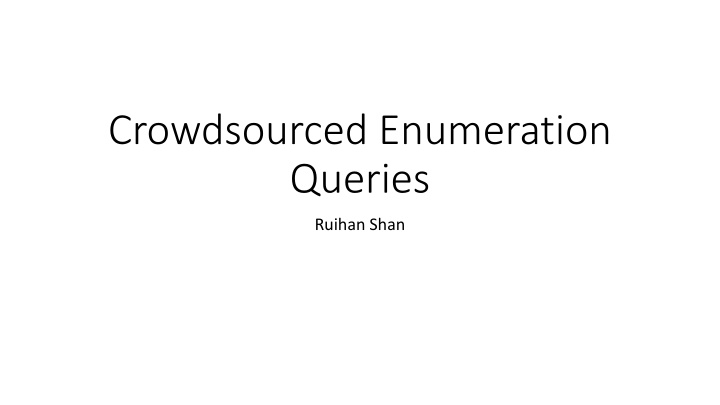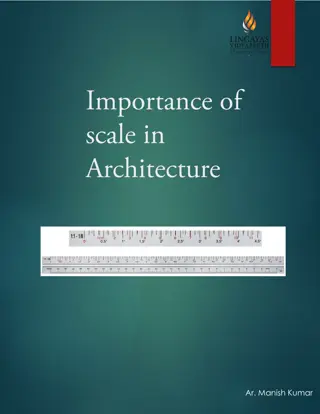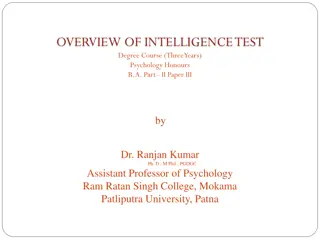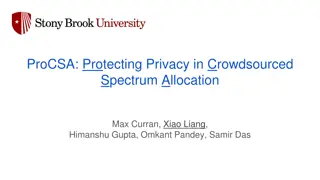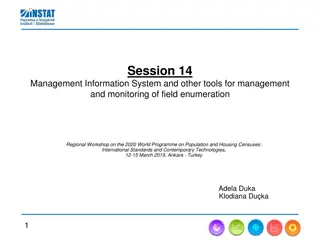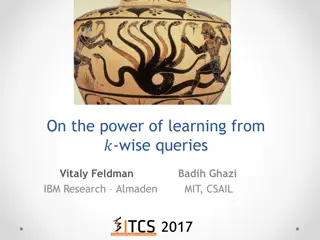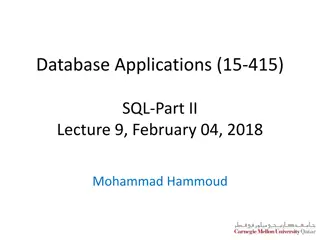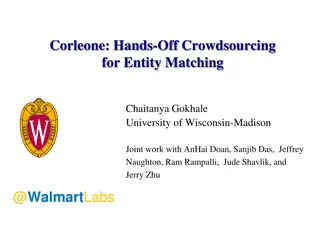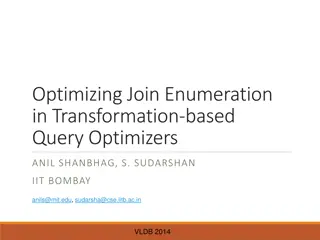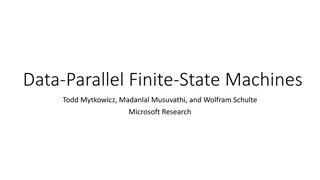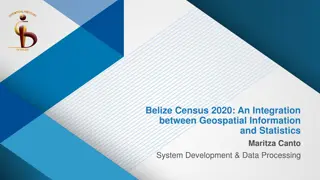Crowdsourced Enumeration Queries: Leveraging Human Intelligence at Scale
Crowdsourced enumeration queries involve utilizing crowdsourcing power to conduct database query processing efficiently. By engaging crowds in operations like subjective comparison and fuzzy matching, this process has the potential to revolutionize query handling. These queries challenge the closed-world assumption traditionally seen in relational databases by embracing the open-world assumption. This allows for the incorporation of additional real-world records continuously, ensuring a more dynamic and up-to-date database system.
Download Presentation

Please find below an Image/Link to download the presentation.
The content on the website is provided AS IS for your information and personal use only. It may not be sold, licensed, or shared on other websites without obtaining consent from the author.If you encounter any issues during the download, it is possible that the publisher has removed the file from their server.
You are allowed to download the files provided on this website for personal or commercial use, subject to the condition that they are used lawfully. All files are the property of their respective owners.
The content on the website is provided AS IS for your information and personal use only. It may not be sold, licensed, or shared on other websites without obtaining consent from the author.
E N D
Presentation Transcript
Crowdsourced Enumeration Queries Ruihan Shan
Introduction Motivation
Motivation Using Crowdsourcing power to leverage human intelligence and activity at large scale
Motivation Crowdsource for database query processing. (CrowdDB, Qurk) Crowds to perform query operations like subjective comparison, fuzzy matching, etc.
Challenges Latency, cost and accuracy of people (However, we do not concern about these)
Challenges Closed-World Assumption does not hold
Closed-World Assumption Everything we don t know (or does not show in our database tables) is false.
Example: Traditional Relational Database based on Closed World Assumption ID Name Date Score 1 Kobe Bryant 2006-01-22 81 2 Michal Jordan 1986-04-20 63 3 Lebron James 2005-03-20 56 SELECT NAME FROM TABLE WHERE SCORE < 60
Wait Lebron scores 61 recently in 2014.
Open World Assumption Everything we don t know (or does not show in our database tables) is false. Where real world information database systems (like Crowdsourced system) base on Additional records come continuously
So, when is the query Complete? Consider a query for a list of graduating Ph.D. students currently on job market
Some inspiration Query for the names of the 50 US states. Each worker provide one or more state name.
Some inspiration Query for the names of the 50 US states. Each worker provide one or more state name. The rate becomes slower as more answers come Species Accumulation Curve (SAC)
Background: How CrowdDB works Human Intelligence Tasks (HIT), you can interpret as microtasks or online survey questions UI Manager, how the HIT displays to the user Create our table Collecting answers and pass them to the query execution engine
When can we stop the procedure Query completeness Cost
Luckily, we have Chao92 An open-world-safe estimator
Consider a query List all the names of the 192 United Nations member countries Lets try using our Chao92
What we got Chao92 (Actual) does not perform as we expected (SAC).
What is wrong with Chao92 Chao92 assumes individual worker is independent from each other and each of them sample in a with replacement manner (order not important) from a unknown single distribution. However, the real human (our worker) provide answers without replacement When our worker answer the question, there is some underlying distributions for the sampling (Alphabetically enumeration, Cultural bias etc) Individual answer departs/arrives at any time
What is wrong with Chao92 Crowd behaviors impact the sample of answers received, while Chao92 ignores this.
Seems work, but Why without replacement over-predicts?
Impact of Worker skew Someone provides too many answers, streakers
Impact of Worker skew However, we don t want our workers to be overzealous We don t like streakers!
Why work skew matters? Imagine two extreme scenarios One worker provide all the answers Infinite samplers would provide one answer with a same distribution
Cross impact of worker skew and data distribution WS: Is there skewness DD: Is the data distribution diverse
Worker arrival also matter A very zealous worker who provides all the answers comes when there is 200 HITs.
Our goal: To make Chao92 more fault-tolerant Especially for the streaker case
Streaker-Tolerant completeness estimator How basic estimator model works? How Chao92 estimator works?
How basic model works Some important terms and notions Suppose we want to estimate how many different majors are there in UIUC. N total majors #, from 1 to N, CS is 1, ECE is 2, for example c - # of distinct majors in a sample, say in a classroom(Siebel 1104) ??- # of elements in the sample belongs to major i, lets say n1 = 20, 20 CS majors in this classroom ?? Probability that an element from major i is saw in a random classroom. ?? In a sample (classroom (Siebel 1104)), number of majors that have exactly j students. ?20 is at least 1 in our example
How Chao92 works C (Capital!) Sample Coverage = ?? ( i is in our sample) , but ?? is unknown Good-Turing estimator ? = 1 ?1/? Coefficient of variance (CV) ?, for measure the skew of different class (major in our example) Higher CV indicates higher variance Among ?? , if CV = 0, each ?? is equal
How Chao92 works Coefficient of variance (CV) ?, for measure the skew of different class (major in our example) Higher CV indicates higher variance Among ?? , if CV = 0, each ?? is equal Again we need to estimate CV, by
How Chao92 works is the estimated total major numbers in our example
So, we can see why Chao92 not works so well in a more theoretical views entirely depends on # of singleton class or ?1 When a very zealous worker comes and provide so many distinct answers would increase ?1 , therefore would become smaller, and results in a over estimate of N.
Idea Since the problem lies on f-statistic, we should alter them to let the estimator more robust. Find out those worker are ?1 outliers, streakers or repeaters Traditional Outlier definitions
By some modification of traditional mean and std calculation Bring into the final equation and we get
Experiment 30000 HITS on both well-defined sets like NBA teams, US states as well as more open ended sets like restaurants in SF serving scallops Error metric: error metric depends on both bias and time cost to convergence. More penalty is given on later bias than on the beginning
List Walking WS = False, DD = False All the worker seems to give the answer following a similar pattern, say alphabetically. An extreme case is list all the months in a year. Most people from Jan, Feb, Mar, Apr . Result in underestimate
